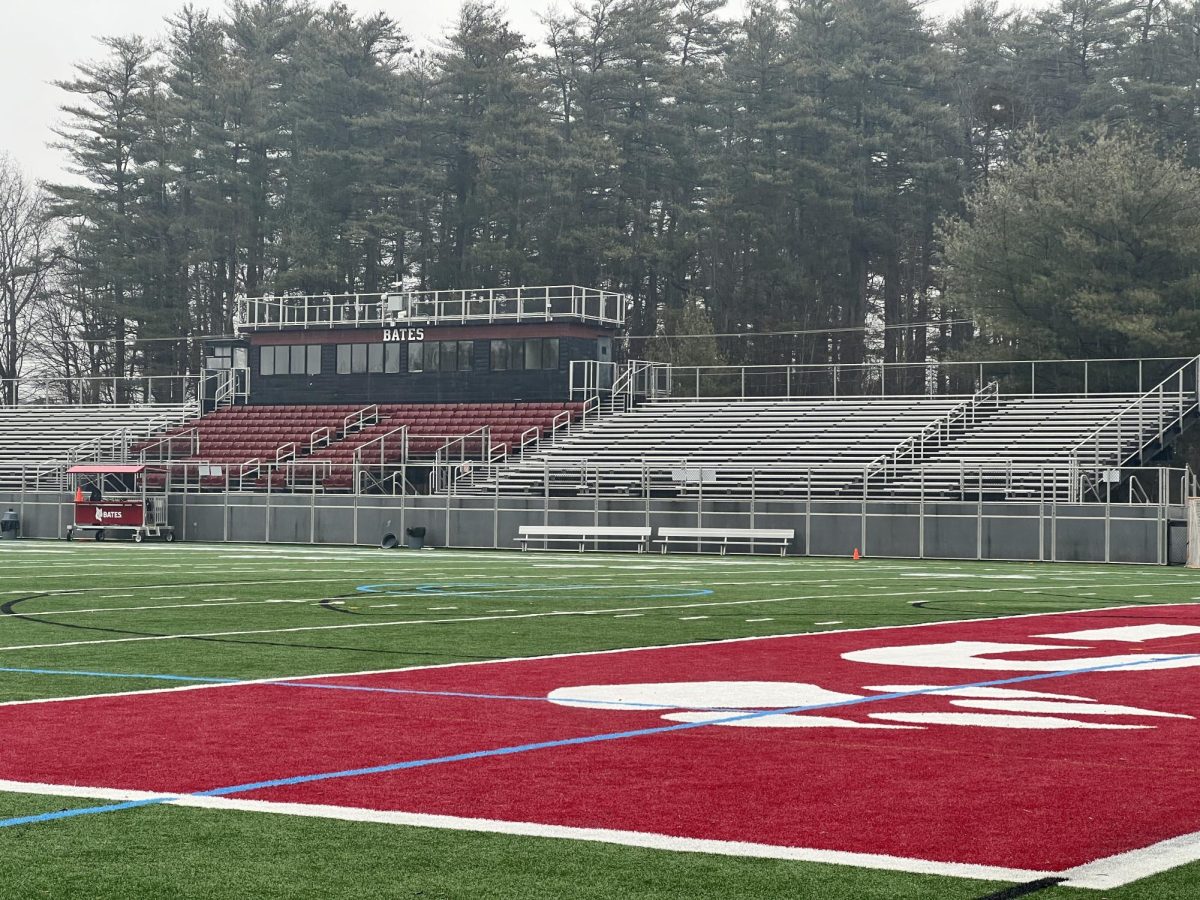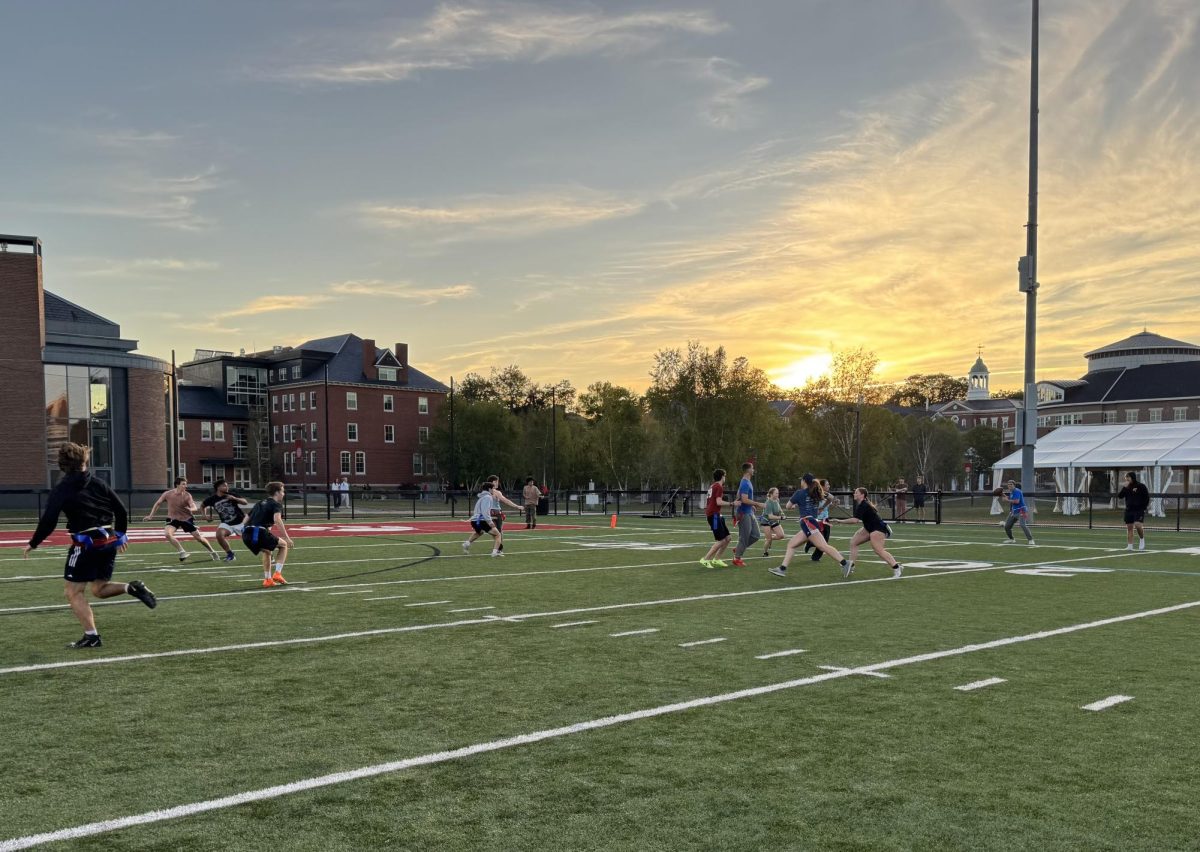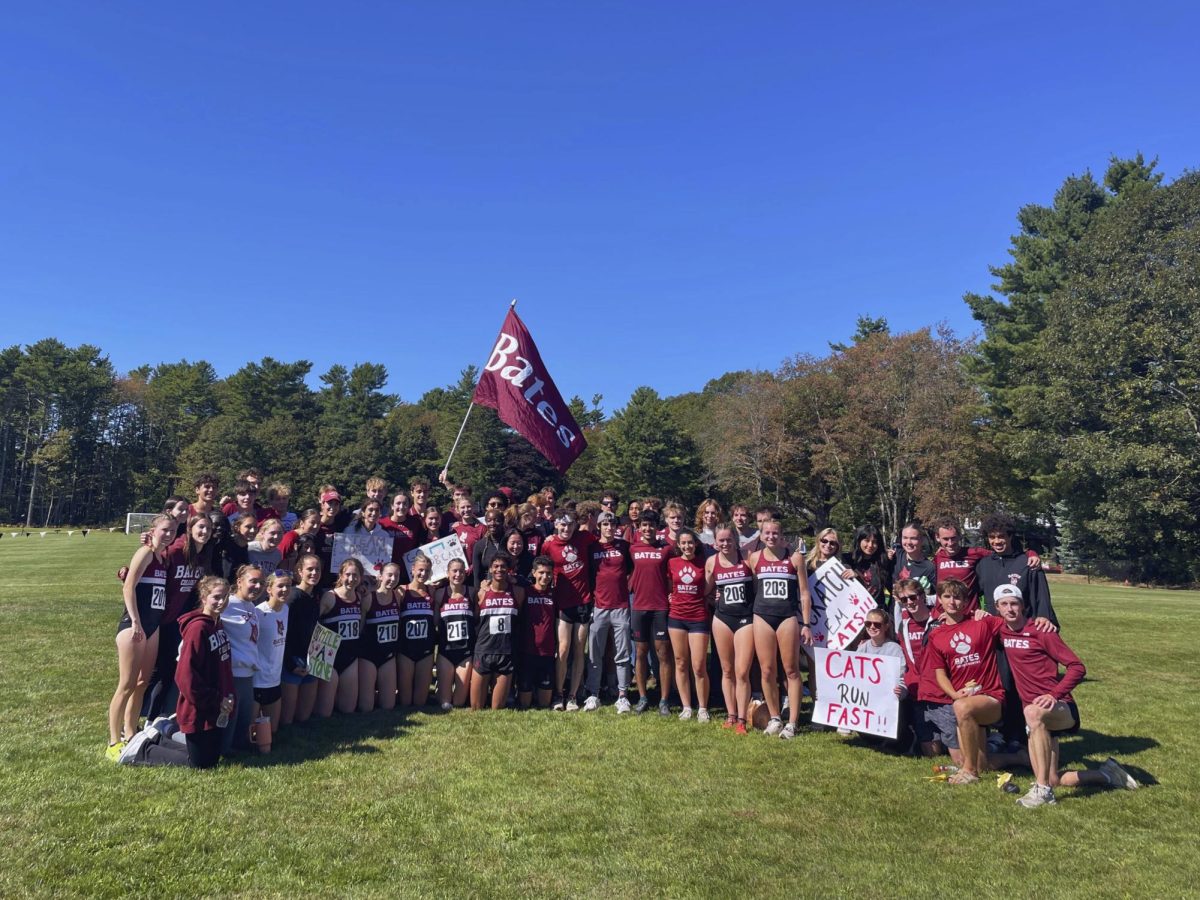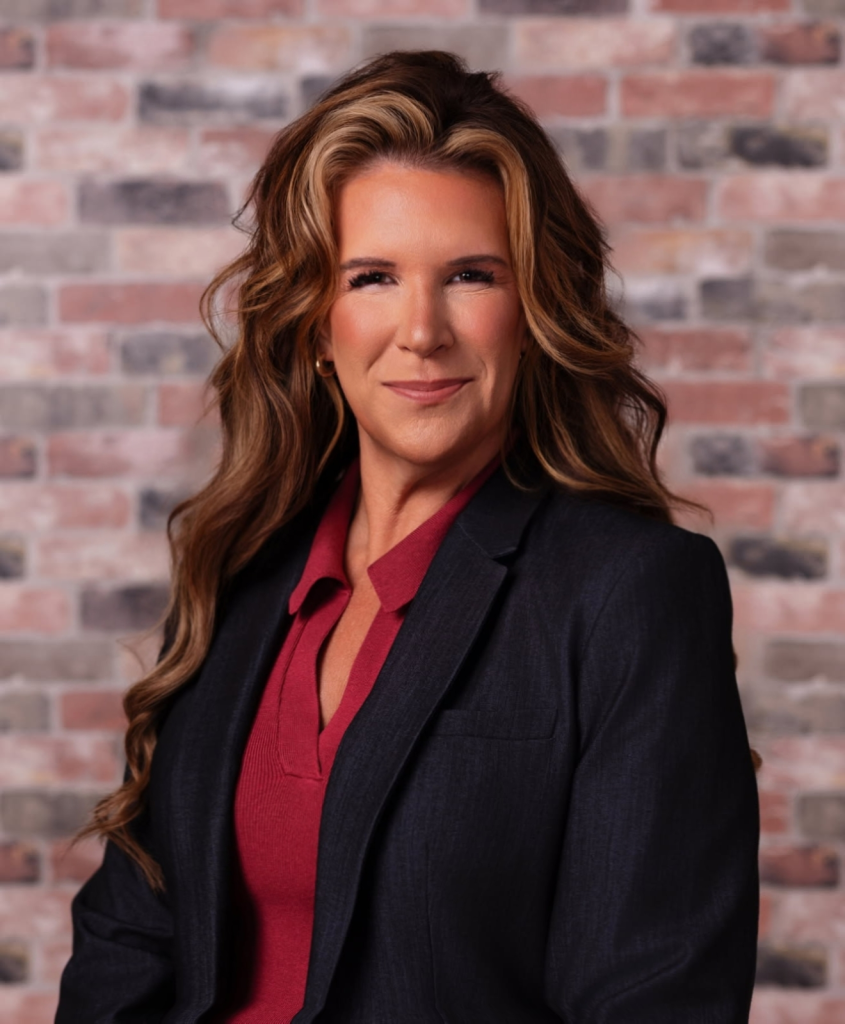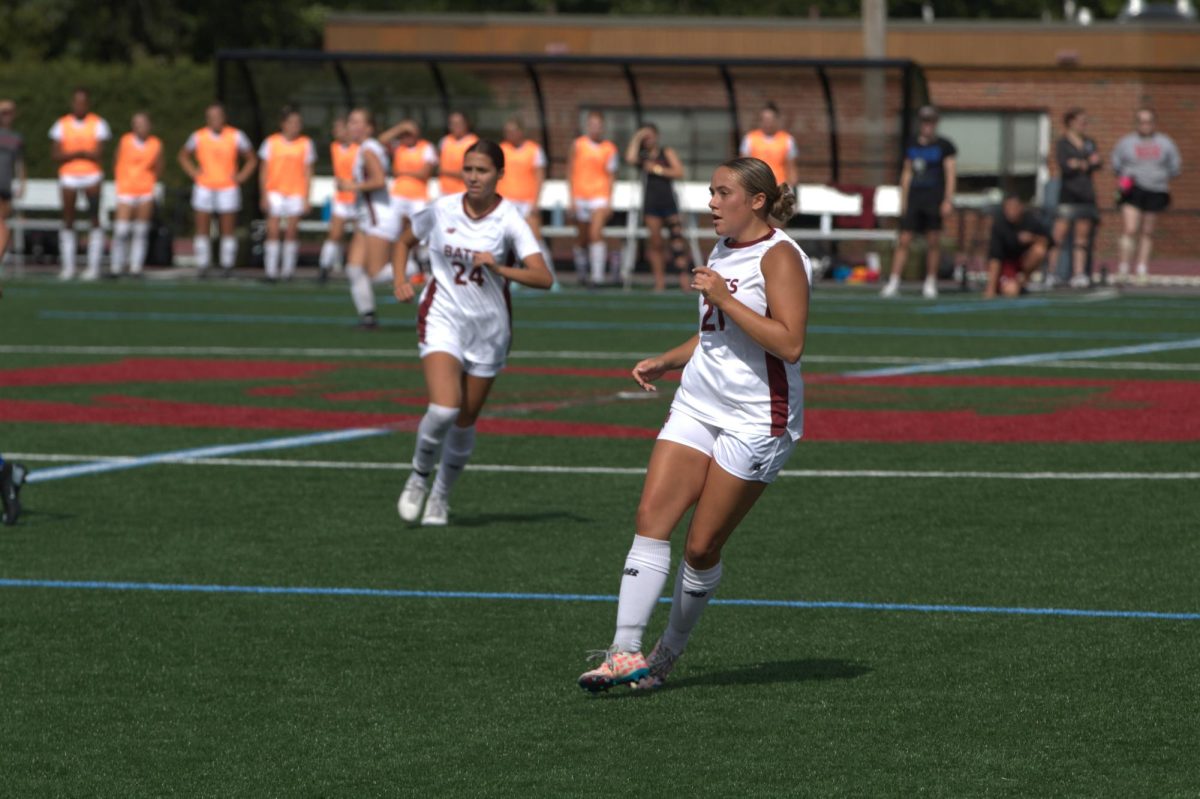Being a college athlete is an intense commitment, and there is a large component of sacrifice and struggle that comes with that role. At Bates, student athletes have to balance not only their athletic responsibilities, but also the responsibilities of attending a college that prides themselves on academic achievement. With the pressure of balancing the role of being a student and an athlete, there often comes a period of burnout that ultimately leads to these athletes leaving a sport they may have played for most of their lives.
In an interview with a former track and field athlete who wished to be left anonymous, she explains the pressure and exclusions that athletes with recurring injuries face.
“You get injured the first time, and everyone’s like this sucks, but I’m gonna come back,” she said, adding that, “ You get injured the second time and it’s like I haven’t been a part of the team in a while. I’m on this team but I haven’t spent a lot of time with them, I feel super excluded and on the outside.”
Both physical and mental burnout are common problems faced by athletes when they are overworked in their respective sports, and the former track and field athlete explained that, “I hear a lot of burnout, people who went from loving it to hating it, which is one of those awful things.”
Deputy Director of Athletics Celine Cunningham elaborated on the importance of athletic trainers.
“Athletes gravitate towards our athletic trainers,” she explained, adding that, “They are their confidants, they are somebody that they (athletes) lean on for support, whether it be injuries or just some challenges they’re having with team dynamics.”
Bates Athletics has seven athletic trainers and two team physicians available to aid injured athletes during scheduled times in the week.
“Coming from being injured, I think the trainers were really great, and the doctor I saw at sport meds was super helpful, but I don’t think they knew how to help when it was injury after injury,” the ex-track and field athlete said.
The former track and field athlete explained how she felt there was a difficulty trying to express the severity of her injuries, saying “At what point do you hand things off to a doctor?”
Two more prevalent drawbacks of Division III Athletics are the workload of the sport and troubles with coaching staff’s scheduling. Student comes before athlete, and prioritizing academic duties is difficult with intense practice schedules.
Fletcher Libre ‘26, a former member of the Bates Men’s Rowing Team, spoke as to why he quit the team.
“I didn’t want to spend time doing something I didn’t love. In high school, I felt like myself and my team were working towards one goal. My high school team was not necessarily a great team, but we always felt like we had some sort of an end goal,” said Fletcher. “The incoming freshman class last year had something like 17 athletes, but by the time I quit less than half were still around.”
While athletes may face obstacles during their time, the athletic faculty are working on ways to stop this problem in its tracks and create more resources for student athletes, according to Director of Athletics Jason Fein.
“From a more holistic approach is something we are really interested in undertaking what we call a peak performance model which incorporates the best elements of strength and conditioning, nutrition, time management, sleep, mental health, academic support, all under one umbrella,” he said, adding that, “That’s something we would like to work on.”
Cunningham echoed Fein’s statement, and added that communication is a key aspect of this approach.
“We also talk to anybody that leaves a team, we reach out to them and we encourage them to reach out to us. We get notified when they leave the team from the coaches and we try to get feedback from that,” she explained, adding that, “On campus student-athletes are given the outlet to express their perspectives with on-campus organizations such as the Bates Student-Athlete Advisory Committee.”


